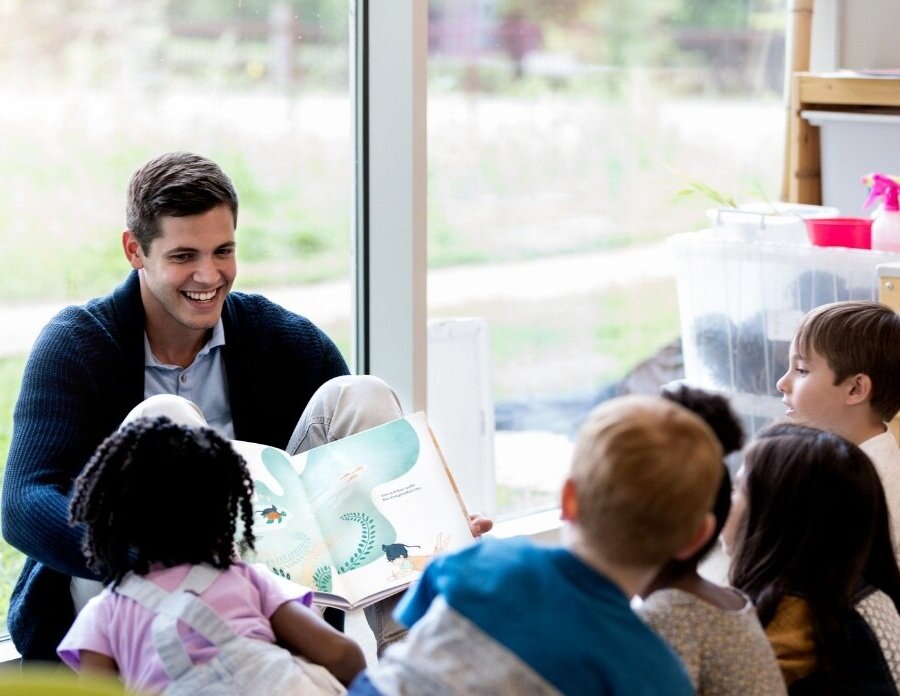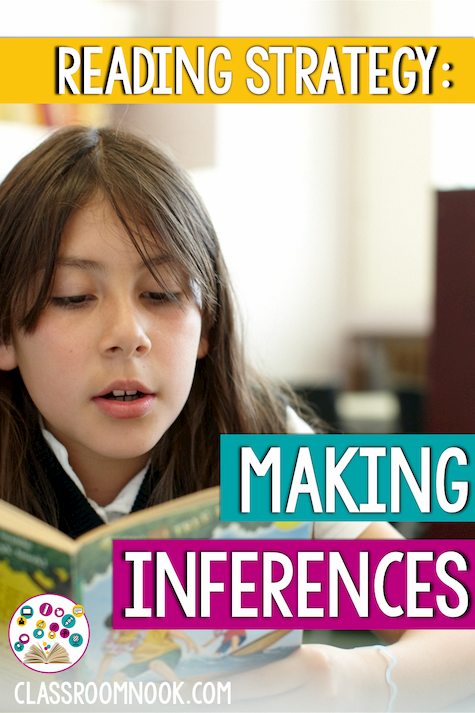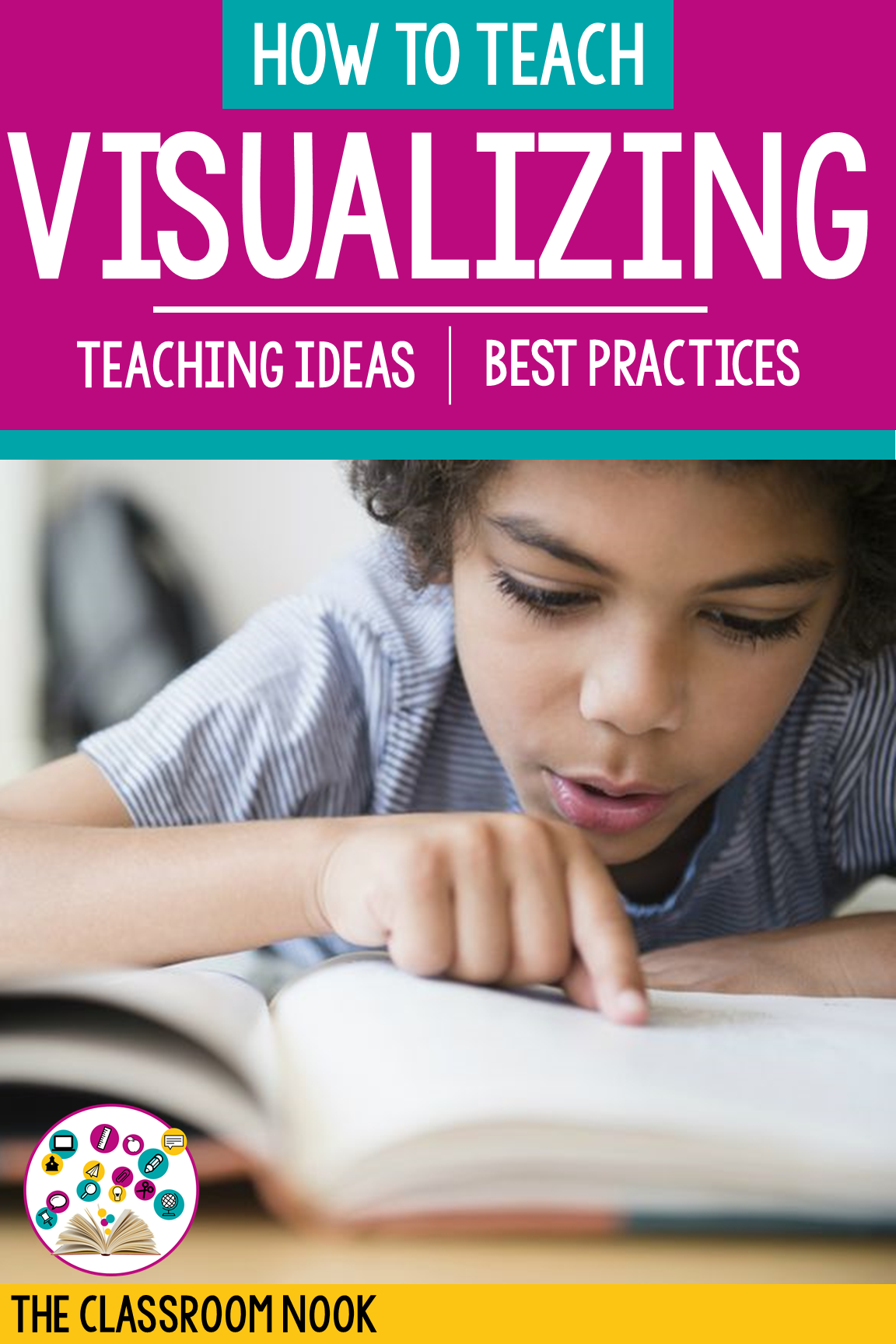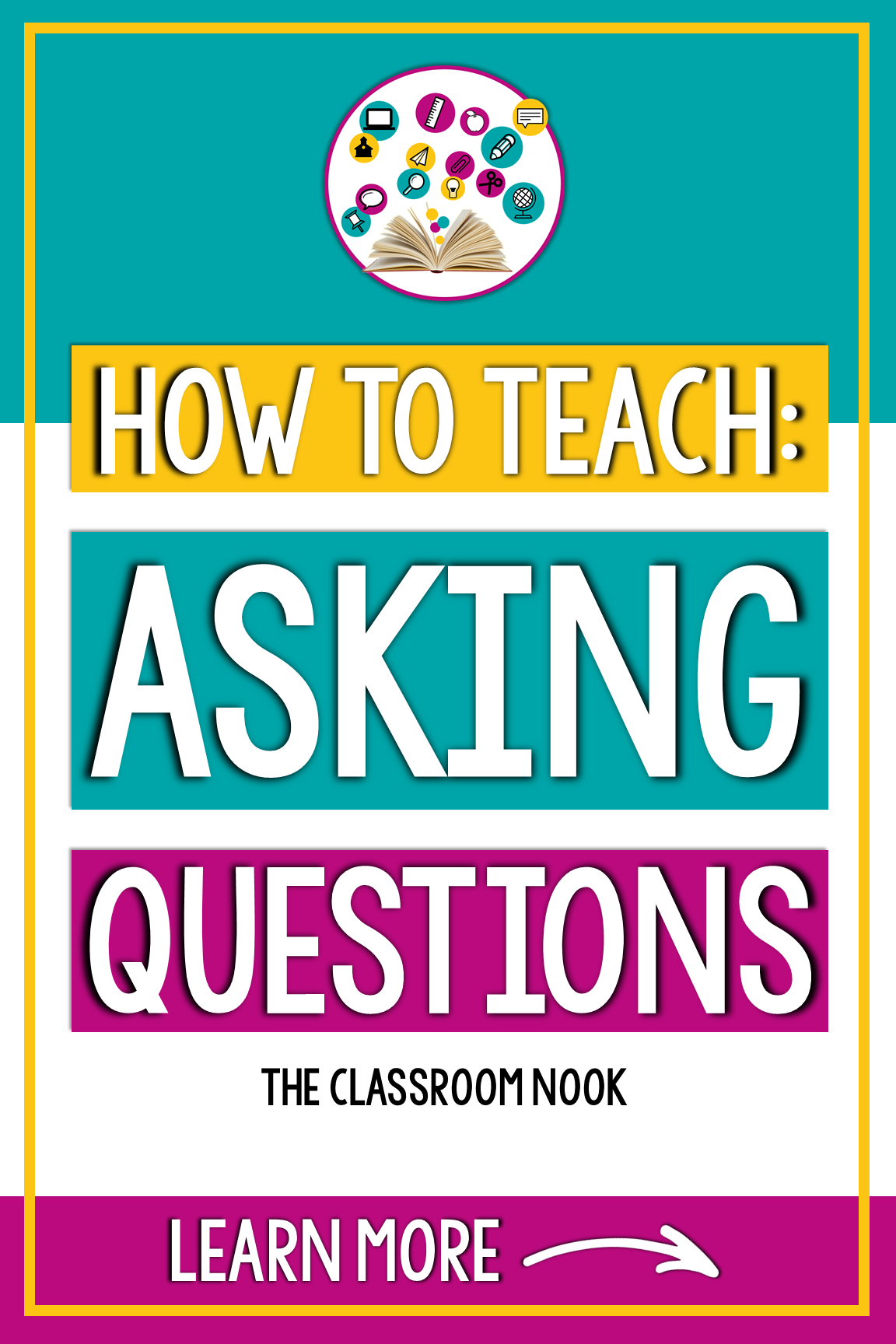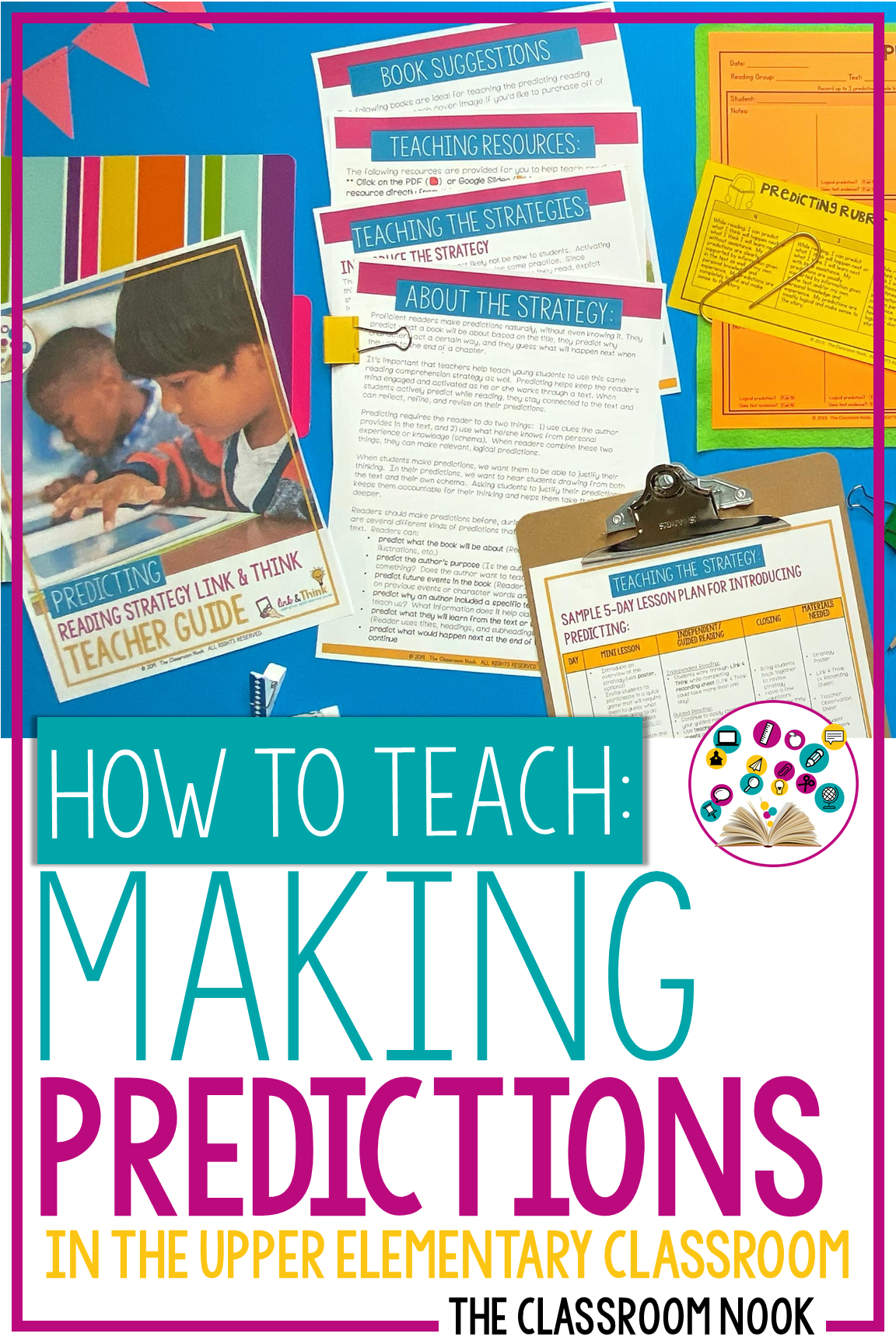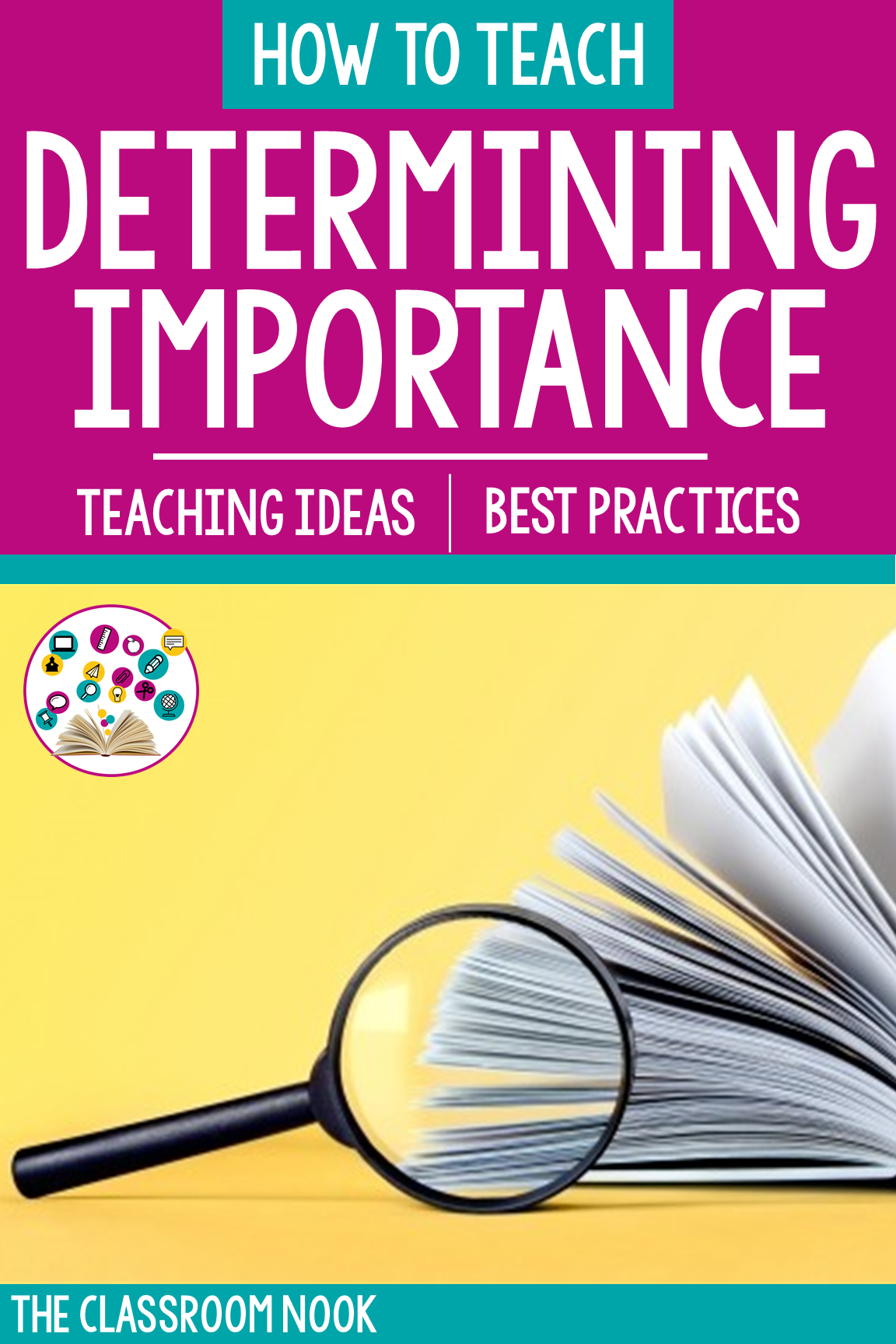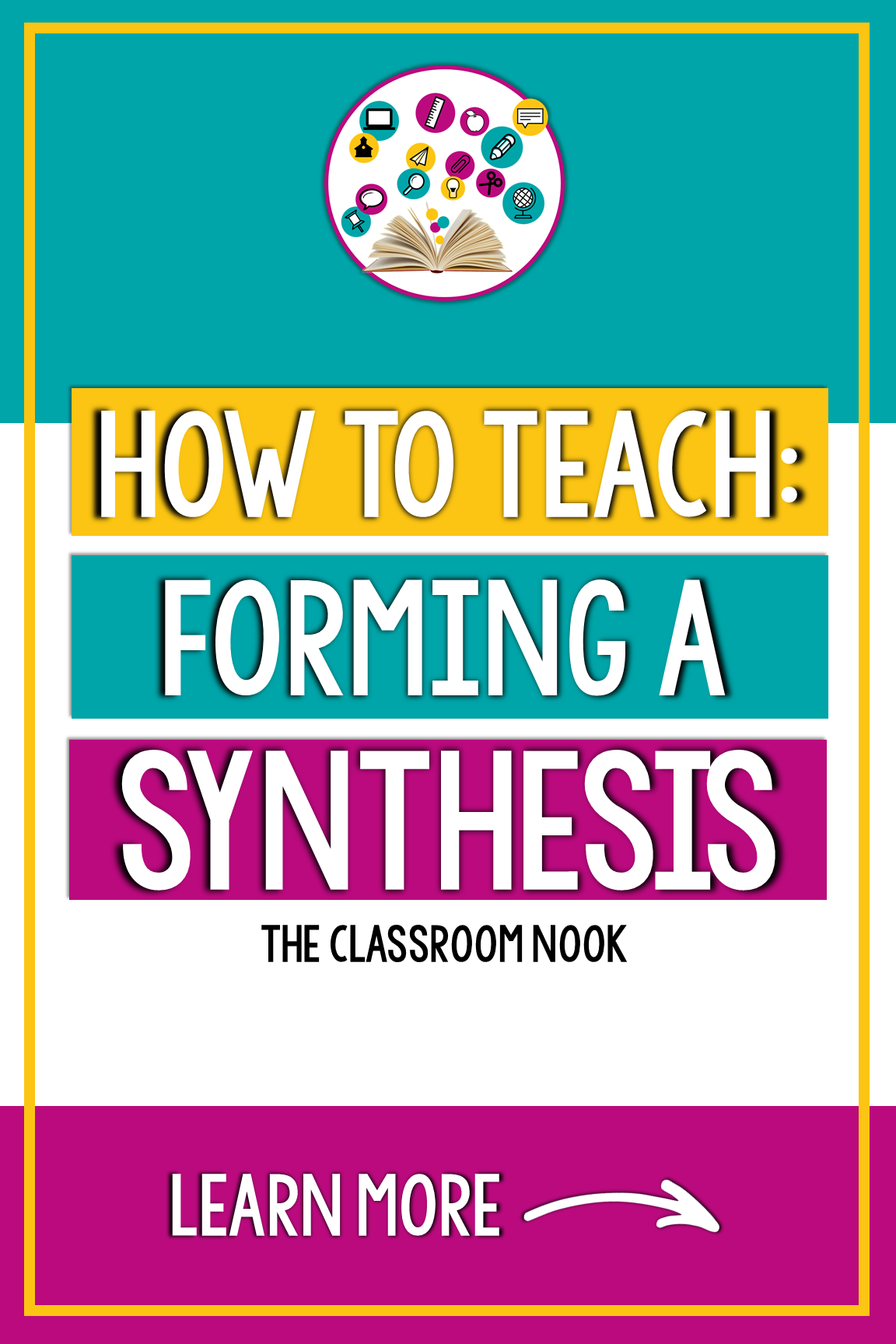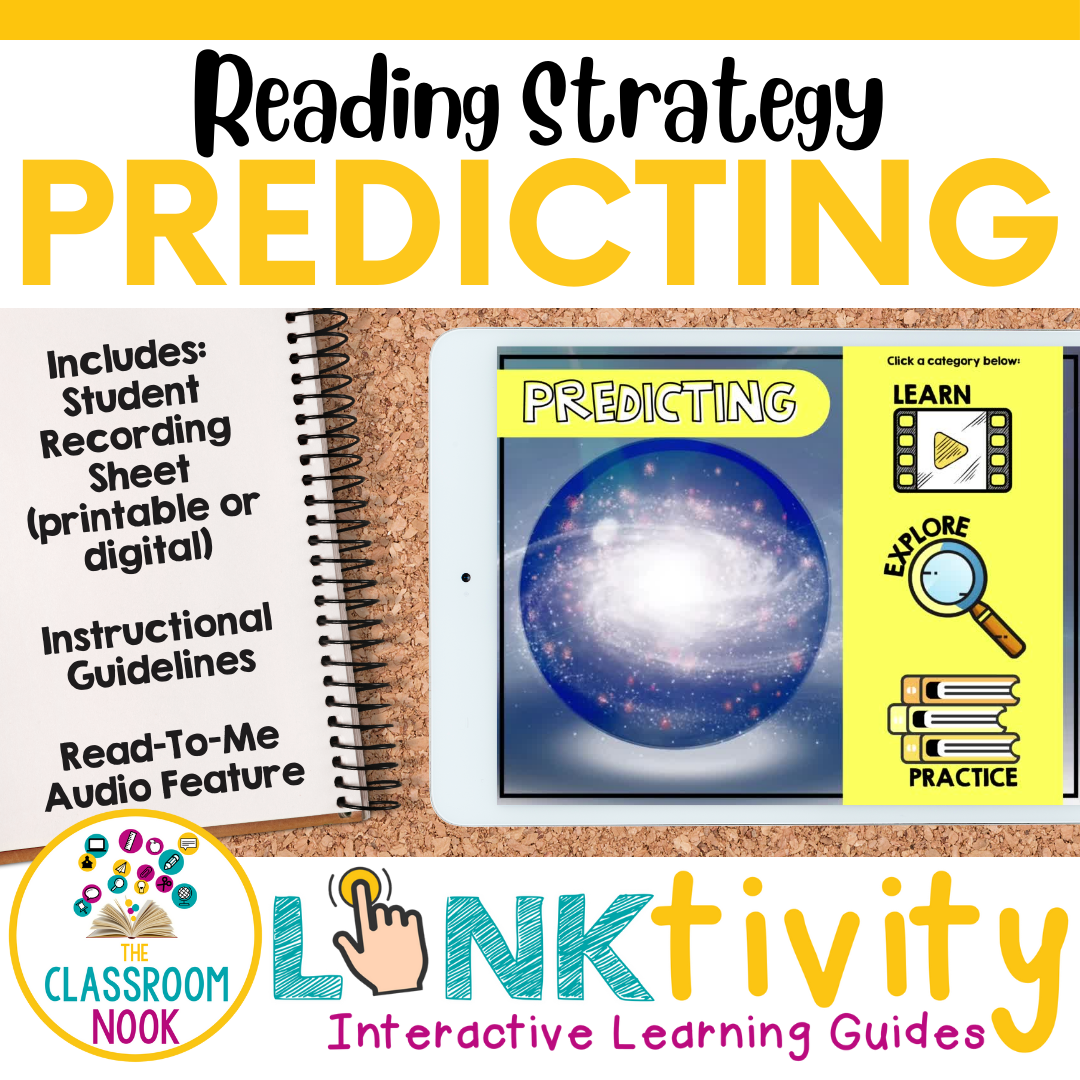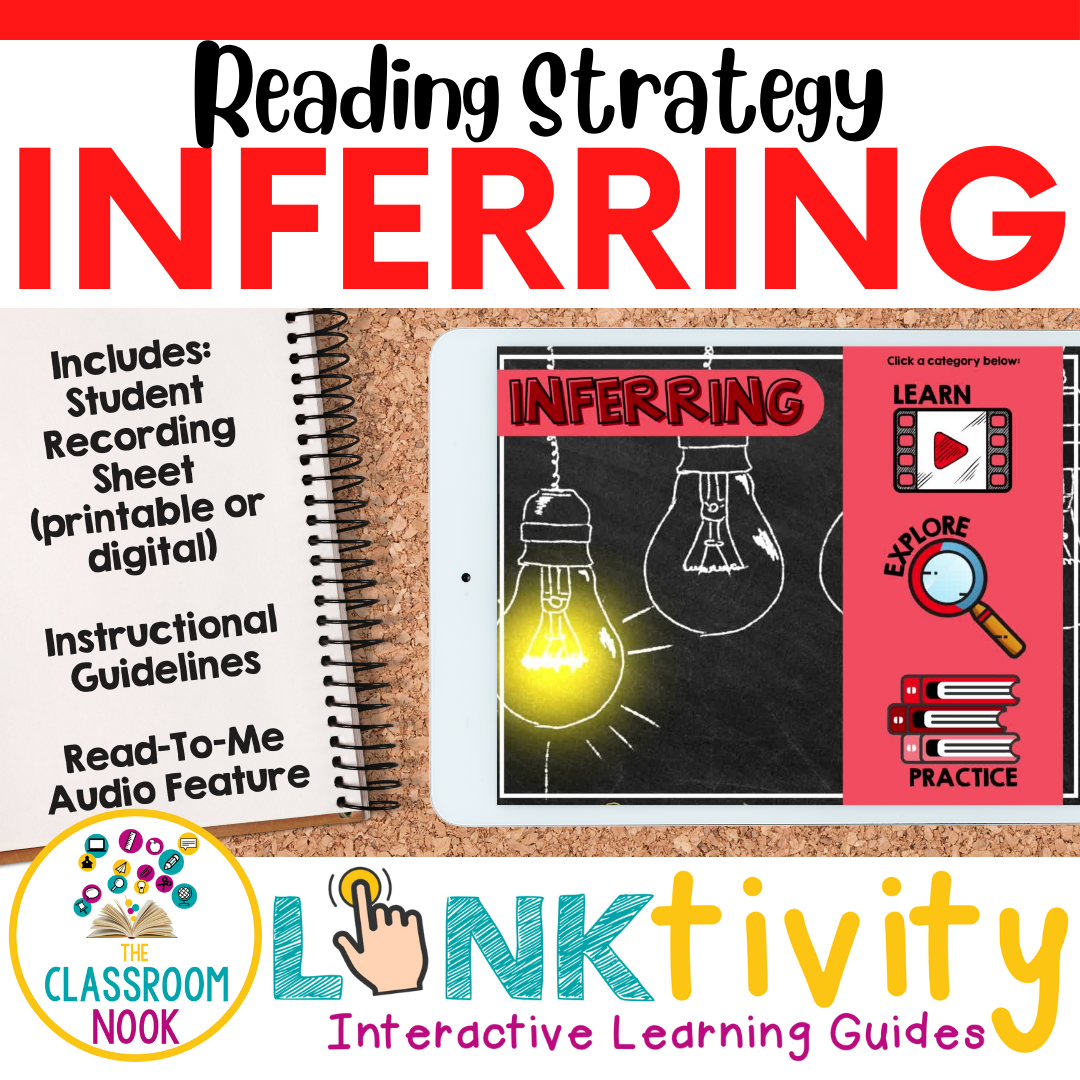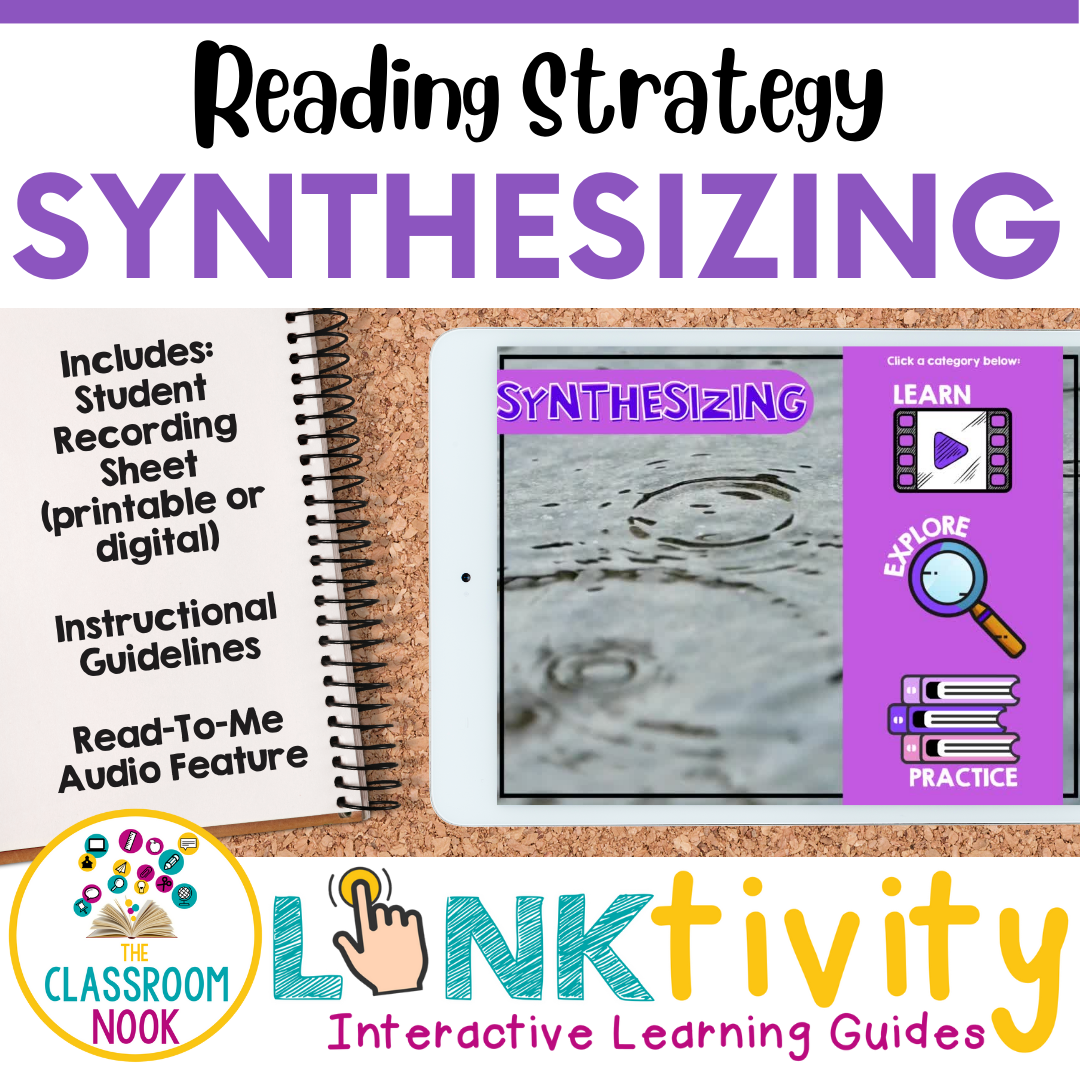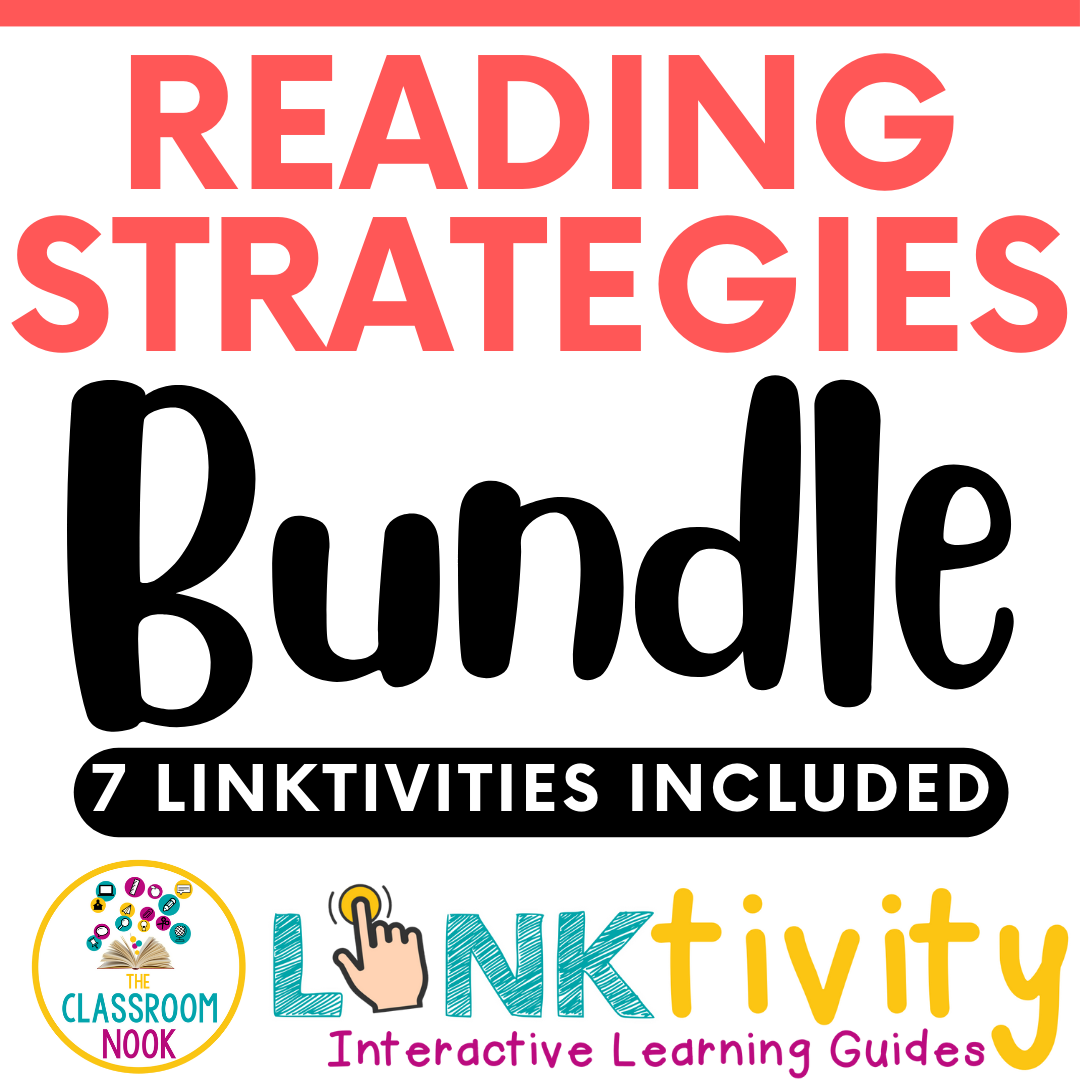Reading Comprehension Strategy Instruction that WORKS!
Love podcasts? Check out this post in the form of a podcast episode on The Classroom Commute Podcast:
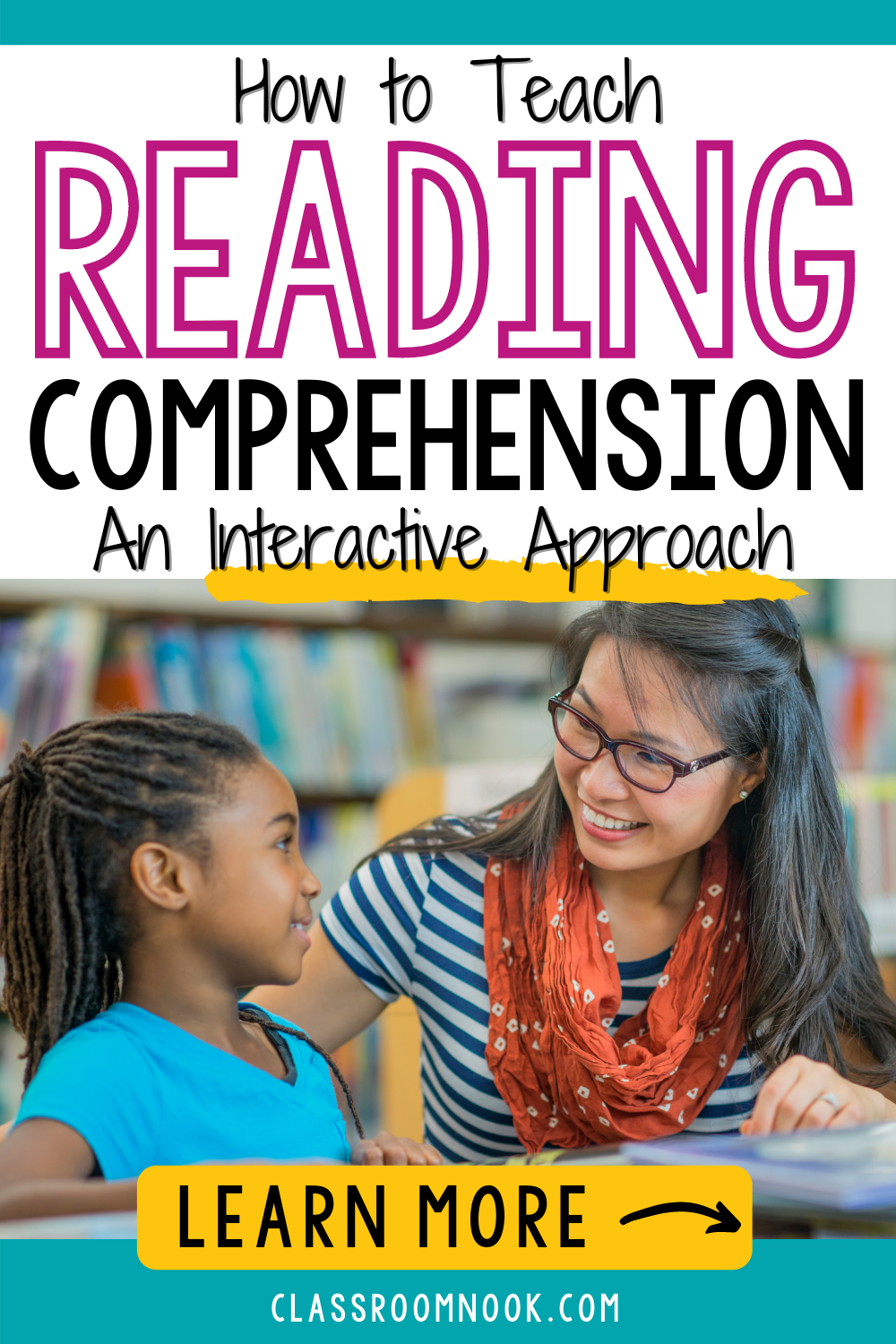
Teaching Reading Comprehension is a big job!
If you ask any group of students what makes someone a great reader, you may hear responses such as:
Great readers can sound out words
Great readers stick with a book
Great readers can read fast/fluently
These answers are all correct, however, we want students to understand that reading is more than just being able to read the words on the page. What we really want students to be doing while they read is thinking!
That’s where reading comprehension strategies come in. When we teach our students reading strategies, we are giving students a guideline and a framework for how to think about what they are reading. Educational experts call this “metacognition,” which can be defined as “thinking about thinking.” This concept is at the heart of why we teach and encourage students to use reading strategies. Students need to understand that thinking is essential to reading.
Seasoned readers use reading strategies fluidly without much effort, but younger or struggling readers need to be explicitly taught to do one or more of the following reading comprehension strategies while they read:
making connections
visualizing
asking question
predicting
determining importance
inferring
synthesizing
A New Approach to Introducing Reading Strategies
Reading strategies should be taught and applied in both whole-group, small group, and individual settings. Many times teachers take the approach of only introducing a single strategy at a time and then work their way through them all throughout the year.
However, this teaching practice poses a problem. By teaching only one strategy at a time, we are giving our students the idea that strong readers only use one at a time or that you only need to use one at a time in order to fully understand a story. More than that, taking this approach also can find you at the end of the school year with a strategy or two that you just were unable to get to for one reason or another. It also holds back readers from exploring a text from all angles.
Instead, let’s try a new approach.
You can introduce ALL reading strategies, (ideally at the beginning of the school year) upfront and then isolated later on for additional follow-up practice. This may sound overwhelming, but stay with me here.
Start simple!
You may want to first begin by introducing the word “strategy” to your readers.
A quick comparison to any sports game can help with this. For example, ask your students what the goal of playing in any sports game is. It’s to win, of course! In order to do this, they can’t just go out on the field or court and run around without a plan of action. Instead they come up with a plan, or strategy, to help them reach their goal of winning. In the same way, readers can’t just read the words on the page, they have to use strategies to help them “win” at reading, AKA: understand the text.
One educational expert, Nancy Boyles, author of Constructing Meaning Through Kid-Friendly Comprehension Strategy Instruction, (affiliate link) suggests introducing all of the reading strategies at once, or in 2-3 sessions depending on the attention span of your students. By doing this, you are helping students understand that the end goal is to be able to use multiple reading strategies together as needed. Readers don’t spend an entire book just making connections, or just visualizing, or just predicting, etc. Instead, readers use whichever strategy will best support their comprehension at any given time.
To introduce the strategies, tell students the name of each strategy, provide a basic definition and perhaps an example of when you have used this strategy in the past. You can compare the strategies to more concrete ideas, as needed. For example, when explaining the visualizing strategy, you may describe it like making a movie in your mind. Or, that inferring is like when the light bulb goes off in your head and you finally figure something out.
When introducing each strategy, here is a sample, kid-friendly description to guide you:
Making Connection: Often when we read we find ourselves saying “That makes me think about a time when…” “Or, that reminds me of another book I read…” or “Reading that reminded me of something I saw on the news.” That’s called making a connection. We can connect what is happening in the book to our own lives, other books we’ve read, or even things going on in the world.
Visualizing: Do you have a family photo album at home? The pictures in your album help you to remember the time when that picture was taken. Maybe it was a family vacation or a birthday celebration. Just like on special occasions, when we read we can take pictures in our mind to help us better understand and remember that part of the story. When you string those pictures together, it’s almost like you’re creating a movie in your mind! And when you replay that mind-movie back to yourself, it helps you better remember and understand the book.
Ask Questions: Sometimes when I read, I catch myself saying things like “Why did he do that?” or “I wonder what will happen next!” Asking questions while we read helps us to interact with the book. And as we keep reading, we search for the answers to our questions. It keeps our minds thinking.
Predict: Have you ever gotten to the end of a page or chapter in your book and made a guess about what you think will happen next? That’s called predicting. You take the information that the author has already given you and make a guess, or predict what will happen next. Sometimes you’re right, and other times the author completely surprises you! Either way, you have to keep reading to find out!
Determining Importance: When you go camping, what are some things that you absolutely need? Things like a tent, matches for lighting a fire, and a sleeping bag are all super important for camping. However, things like a frisbee or a deck of cards might be nice for a camping trip, but they’re just extras and aren’t absolutely necessary for camping. They might make the camping trip more fun, but you could do without them, right? When we read, the author often includes extra information that might make the book more interesting, but they aren’t super important to the story as a whole. Sometimes in order to really understand what the author wants us to know, we need to search for the most important information.
Inferring: If you see a little baby crying, I bet you can guess without a doubt how he or she is feeling. Upset, right? I bet you can even guess why he or she might be upset. Most of us know that when a baby cries, he/she is usually hungry, tired, or needs a diaper change. We can take the information that we are given (the baby crying) and combine it with what we already know about babies to guess, or infer, why the baby is crying. In the same way, when we read, the author doesn’t always tell us directly why a character acts a certain way, or says something in particular. Sometimes we have to use the information that the author gives us plus our own background knowledge to infer what the author is really trying to say.
Synthesize: Have you ever dropped a pebble in the water? What do you notice? When I drop a pebble in the water, I notice that water ripples appear. The water ripples start out small and then spread out to get wider and wider. When we read, our thinking is like the water ripples. First our thinking starts out small, but as we keep reading, our thinking changes and grows. We might say: “First I was thinking ___, but when I read ___, now I’m thinking…” Each time we stop to think about what we’ve read, our thinking widens as we form new ideas.
Spend only a minute or two on each strategy. Remember, you will be coming back to them again and again, so a detailed explanation is not needed at this time.
Show them how it’s done: Integrated modeling
Once students are familiar with the names of the strategies and have a basic understanding of what each strategy means, you can begin referring to them during a read-aloud, modeling one or more strategies in a single sitting. Picture books work great for modeling because you can cover an entire story in a short amount of time, showcasing multiple strategies throughout.
As you begin modeling the strategies in your read-alouds, you will gradually ask for student participation. When you first start, you will be doing most of the work modeling the strategies. However, as students get a better grasp of how to use each strategy, you can then begin to invite them to share their own thinking.
Do not worry about using every strategy every time you read. It would be unrealistic to expect that every strategy is needed in every text. Only model the strategies that feel natural in any particular text. Over the course of multiple reading sessions, you should easily be able to cover each strategy several times.
NOTE: Be sure to preview the text ahead of time so that you can plan out where you will stop to model a strategy. Chunk the text in a way that feels natural, but not so often that it feels overwhelming to the students.
Your read-aloud modeling session might follow this format:
BEFORE READING:
Activate prior knowledge/schema (What do you already know about the topic, genre, or author?)
Predict what the book will be about/what you will learn
Ask yourself any questions that arise from reading the title or by observing the front cover illustration
DURING READING:
Stop often to think aloud, sharing the strategies you are using
Use phrasing like: When I read ______
I wondered…
When I read ___, I connected…
I noticed…
I’m visualizing/picturing…
I’m inferring/figuring out that…
I’m predicting…
At first I was thinking ___ , but now I’m thinking…
Model how to check for understanding (Am I understanding what I read? I just learned… Wait, I’m confused about what I just read, let me back up.)
AFTER READING
Stop to check for understanding (Did you understand what you just read?)
Check to see if your questions were answered or if your predictions were correct
Share final thoughts about the story as a whole
When you first begin to model the strategies, resist the urge to go into too much detail about any one strategy while thinking aloud. These beginning modeling sessions are to help students see how you integrate multiple reading strategies in a single text. You can use your guided reading/small group instruction and individual reading conferences to hone in on strategies and dive deeper to give students a stronger understanding of that strategy. You can also revisit a strategy as a whole class later on when your students are ready to dive deeper into a specific strategy and apply it on a new level.
Make it interactive!
As noted before, you will want to provide students with both integrated and isolated strategy instruction. In other words, you will need to spend some instructional time modeling how to use several strategies within a single text and some instructional time teaching each strategy in isolation for deeper understanding of that strategy.
I have already mentioned ways that you can introduce all reading strategies in a whole-class setting. Your use of read-aloud texts during whole-group instruction will help your students to become familiar and comfortable with the idea of integrating multiple reading strategies in one text.
Although you will continue to model an integrated use of all strategies in a whole-class setting, you will also begin to see individual students, or pockets of students, who could use explicit instruction for one or more strategies in isolation.
This might happen when:
you notice a student neglecting one or more reading strategies and heavily relying on only one or two
you notice a student misusing a strategy and you need to reteach it to help students begin using it correctly
you notice a student using a strategy in a superficial or surface level way and you want to help that student understand how to use the strategy on a deeper level or in a more authentic way
your students have grasped the basics of using each reading strategy, but are ready to take them to the next level.
Need additional ideas for teaching each reading strategy? Check out this blog series that dives deep into each strategy:
What resources should you be using to teach reading strategies? Well, the obvious answer is BOOKS! Of course students need authentic texts that they can apply reading strategies to. Books in a variety of genres and interests are necessities for giving students the practice they need. And, eventually we want our students to be able to apply reading strategies fluidly and without much effort.
However, sometimes we need resources that we know will fit the bill for a specific reading strategy. Sometimes you just need a text, or a set of texts that are tailored to an individual reading strategy to give students to practice that they need.
After years of looking for resources for my own students to teach reading strategies, I finally decided to just make my own to ensure students were getting the exposure they needed.
Enter in: LINKtivity Interactive Learning Guides
Pssst…
Did you know that you can get an ALL-ACCESS pass to my entire vault of LINKtivity® Interactive Learning Guides (Including all my reading strategy LINKtivities)?
You can! Inside the LINKtivity® Learning Membership!
If you’re brand new to the idea of LINKtivities, then this post might be helpful to help give you the bigger picture, but simply put: LINKtivities are digital interactive learning guides that allow students to explore a new concept through video, audio, graphics, and text, all at the pace and direction of the individual student.
In terms of a reading strategy LINKtivity, students begin by watching an animated video introducing the reading strategy in kid-friendly terms. The video captivates students right away and gives them a solid foundation of the strategy. Check out this sample from my Inferring LINKtivity:
From there, students explore the reading strategy as they read alongside a virtual “reading buddy” that models the strategy for them. Their reading buddy will share how they are using the reading strategy as they think out loud. Here’s what it looks like:
Finally, students get the opportunity to practice the reading strategy on their own through 3 additional high-interest reading passages tailored to the reading strategy.
To bring it all together, students show their learning through a simple recording sheet (printable or digital). This allows you to assess the students’ use and understanding of the reading strategy, as well as plan further instruction, as needed.
The beauty of isolated instruction through LINKtivities is that you can assign students the specific reading strategy LINKtivity that fits their current need. After students are able to practice the reading strategy through explicit instruction using LINKtivities, they can begin to apply the strategy to their independent reading books and beyond!
Engaging & Effecting Teaching Resources at your fingertips!
I want you to have access to effective and engaging activities that will help you teaching reading strategies with ease - first as a whole, then individually for fine-turning.
I’ve put together an entire series of LINKtivities devoted to practicing each reading comprehension strategy.
You can get access to each Reading Comprehension Strategy LINKtivity in two ways.
Purchase each LINKtivity separately (click each image):
OR - Get unlimited access to these Reading Comprehension Strategy LINKtivities PLUS our entire growing library of LINKtivities inside the LINKtivity® Learning Membership - an all-access pass to each and every LINKtivities + all future releases.
Do you love listening to podcasts? Check out this post in audio form on The Classroom Commute Podcast


